Kumis: Basic Information
Pronunciation
Alternative Name(s)
Drink Type
Mealtime
Popular Variations
Kumis: Ingredients and Preparation
Main Ingredients
Main Preparing Method
Preparation Process
Kumis: A Deep Dive
Cultural Significance
Taste
Texture
Aroma
Color
Serving Style
Serving Temperature
Accompaniment
Occasions
Calories
Popularity
Popular Similar Drinks
- Chal
- Kefir
- Ayran
- Mattha
- Chaas
Popular Dining Area
Kumis is a classic Turkic and Mongolian beverage made from mare milk or donkey milk. It is popular in several Central Asian steppes, Mongolia, and parts of Russia with Turkic and Mongolian ethnic groups.
In those places, locals consume kumis during many time-honored rituals and festivals.
Kumis is a fermented drink with an alcohol content between 0.7% and 2.5%, which is milder than beer.
Traditionally, locals prepare kumis with milk from horses, whereas fortified cow milk is usually used to make kumis on a large scale.
The fermented mare milk beverage has a pronounced tanginess and a slightly pungent taste, depending on how long the milk is soured.
Some people mix kumis with fresh milk to tone down the flavor. Compared to similar drinks, kumis has a lighter body.
Kumis is an ancient drink, first mentioned in the 5th century. Today, many people in Kazakhstan regard kumis as their national beverage.
A piyāla, a small ceramic bowl for drinking tea or milk in Central Asia, is the traditional serving vessel for kumis.
Interestingly, there is a similar fermented dairy drink in Colombia that is also known as kumis, but this beverage is made from cow milk, milder in taste, and not necessarily related to the Central Asian specialty.
Do you want to know how to make kumis and what distinguishes this drink from yogurt and kefir? Read on and find the answer!
I will also tell you about the pros and cons of kumis, as well as popular questions people frequently ask about the beverage.
Key Points
Kumis Images
How Is Kumis Made?
| Techniques | Characteristics |
|---|---|
| Traditional Method | Filtering unpasteurized mare milk through a cloth into a leather sack (called khokhuur in Mongolia) with yeast or starter culture Stirring or churning up the milk thousands of times Historically done by strapping the sack to a saddle to let the motion of horse riding churn up the milk |
| Modern Method | Fermenting the milk in a wooden vat, a barrel, or the controlled environment of an industrial facility |
The technique of using khokhuur to make airag (Mongolian kumis) was added to the UNESCO List of the Intangible Cultural Heritage of Humanity in 2019.
Regardless of the change in technology, the taste and texture of modern kumis are still the same, sharing the same upsides and downsides as traditional kumis.
Pros and Cons of Drinking Kumis
Here are some common advantages and disadvantages of kumis:
Pros
Cons
After learning about the pros and cons of kumis, you may wonder about the differences between it and other dairy products, like yogurt and kefir. Continue reading, and I will show them to you!
What Are the Differences Between Kumis, Yogurt, and Kefir?
Below is a concise comparison between the main features of kumis, yogurt, and kefir:
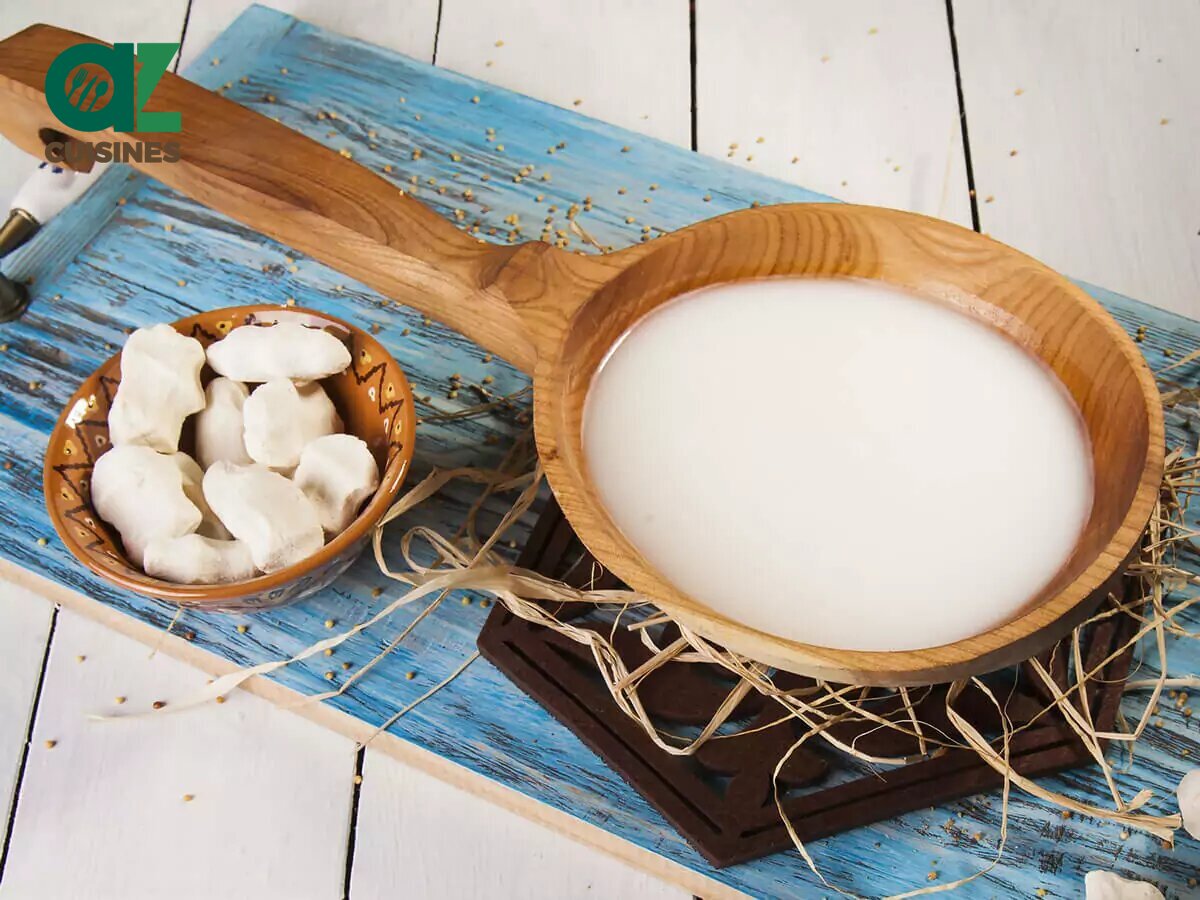
Kumis
Origin:
Mongolia and Central Asia
Base:
Mare milk (cow milk in modern versions)
Taste:
Very sour and slightly pungent
Texture:
Creamy
Production:
Churning up fresh milk with yeast or starter culture until sour

Yogurt
Origin:
Central Asia and Mesopotamia
Base:
Usually cow milk
Taste:
Tangy, rich, and slightly sweet
Texture:
Creamier than kumis and kefir
Production:
Combining heated milk with bacteria
Incubating for at least 8 hours

Kefir
Origin:
North Caucasia
Base:
Usually cow milk
Taste:
Tangy
Texture:
Creamy
Production:
Adding kefir grains to fresh milk and fermenting for 12 – 48 hours
Straining out the grains and drinking the milk kefir
You are now fully aware of how distinct kumis is from other dairy products, but check out the FAQs, and you will discover more helpful facts.



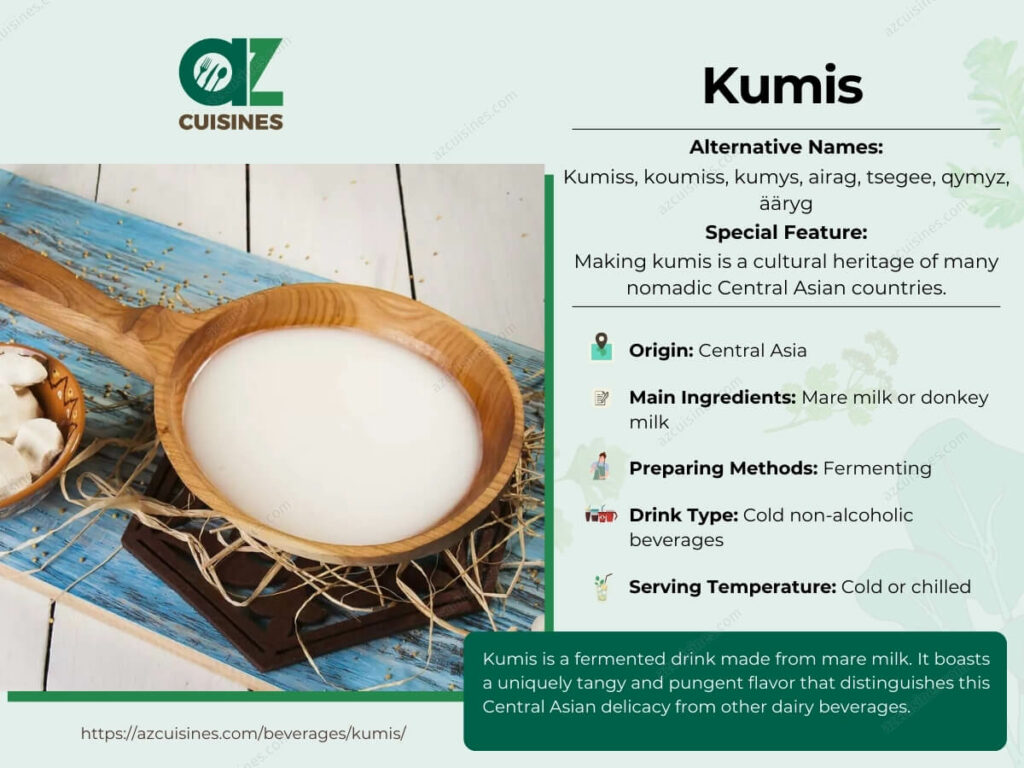

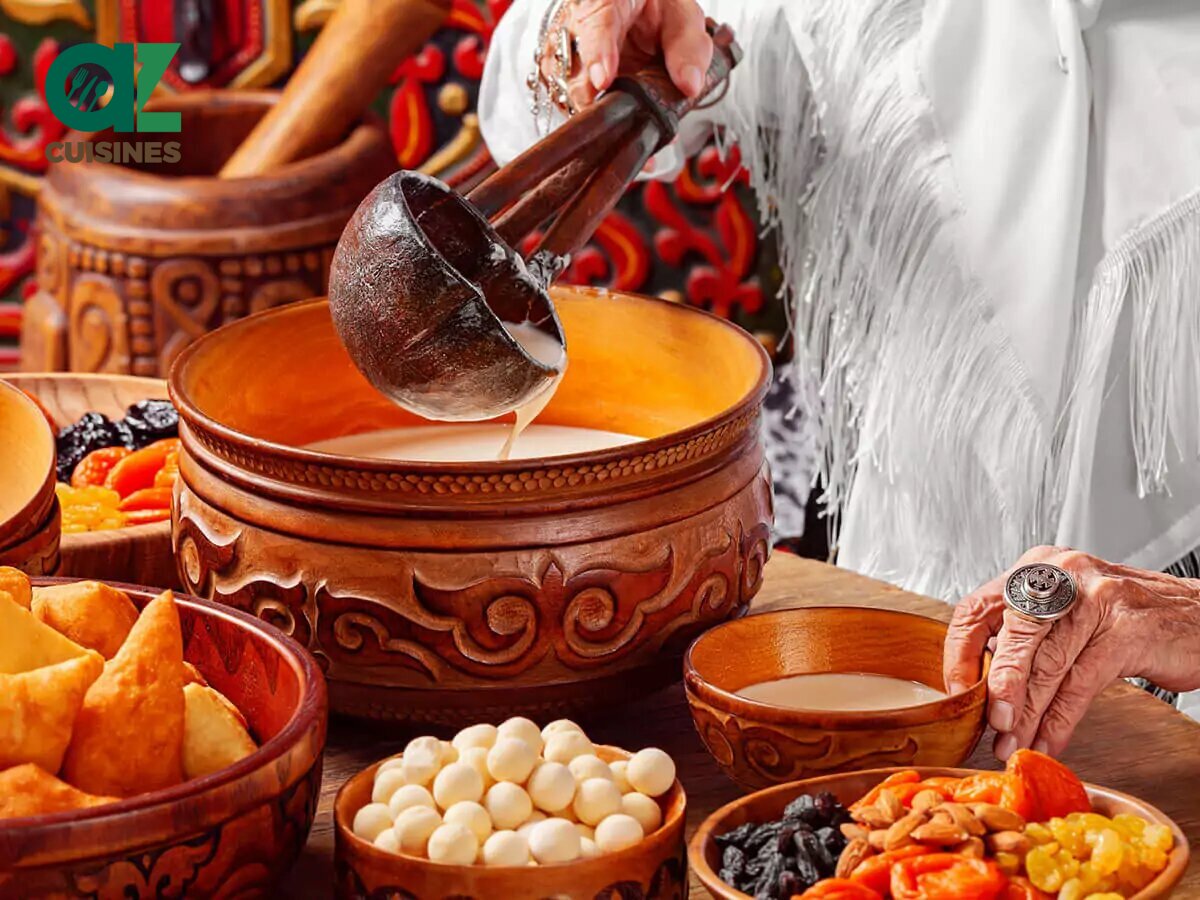
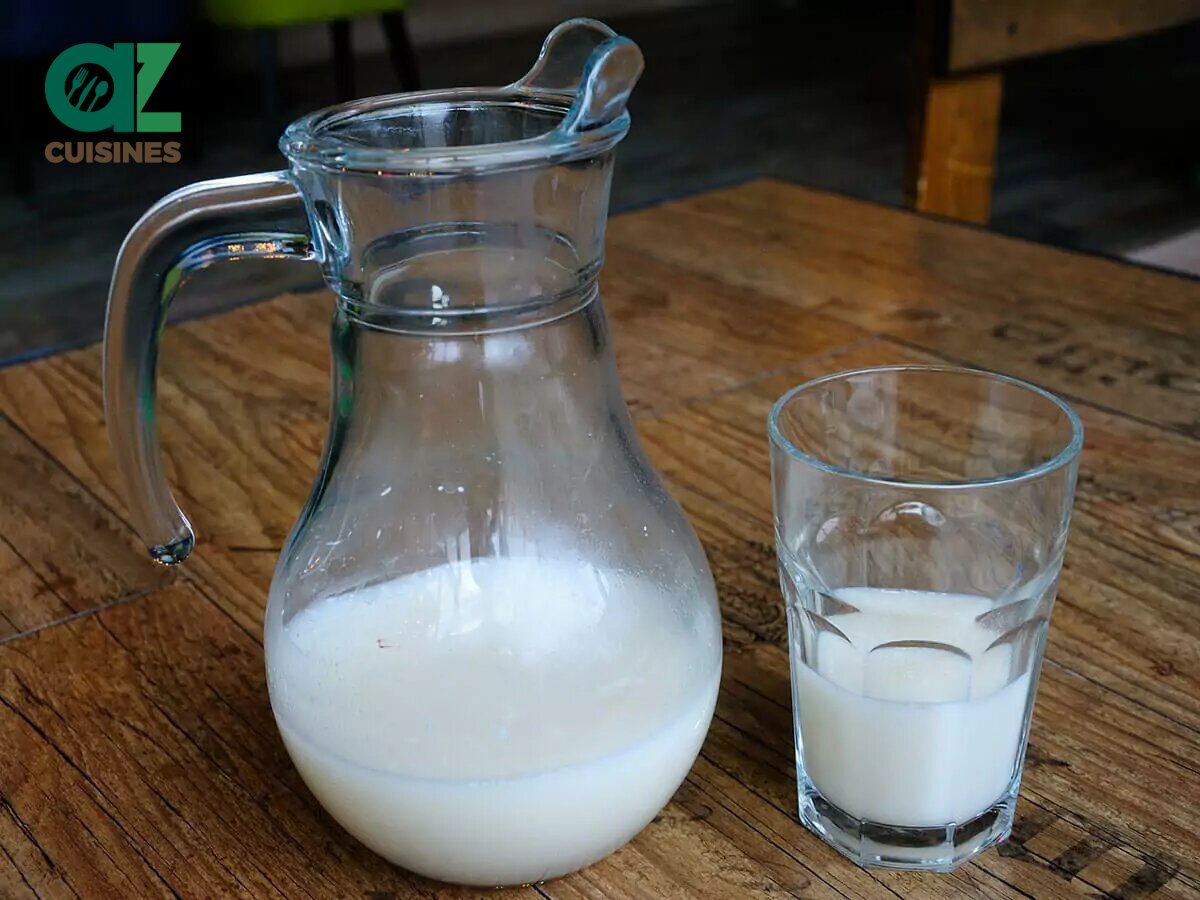
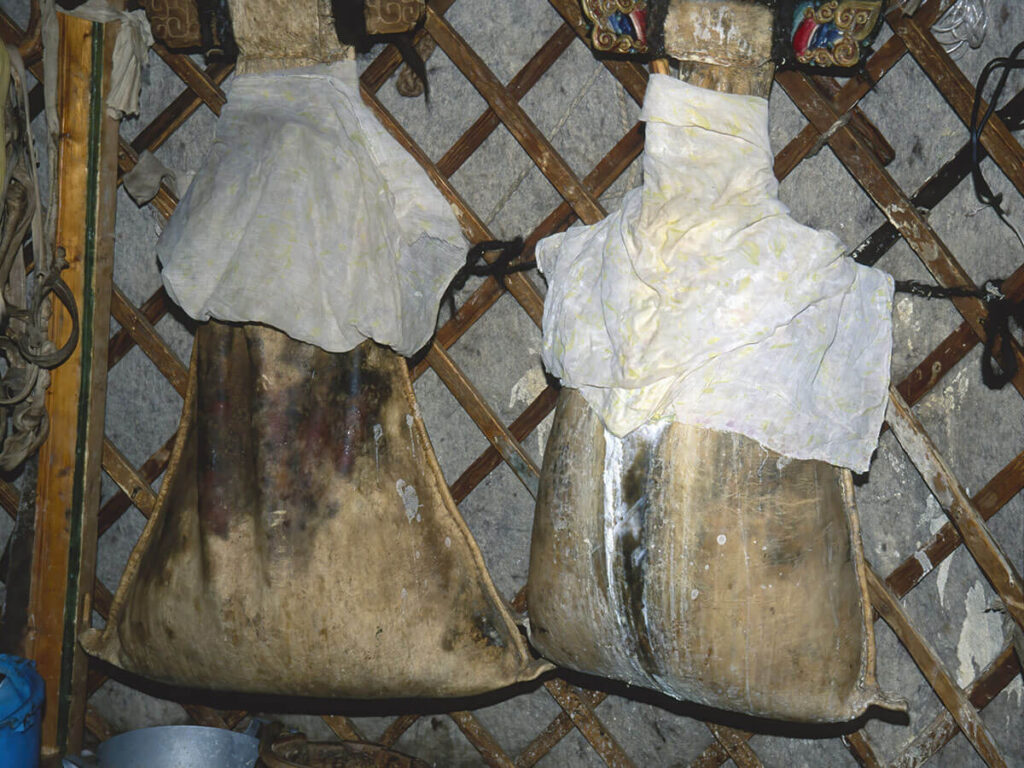
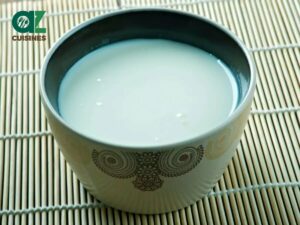
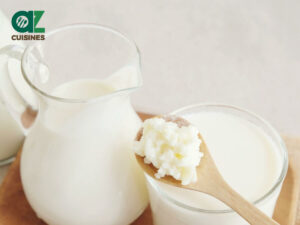

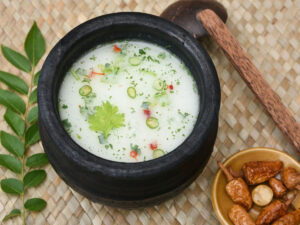
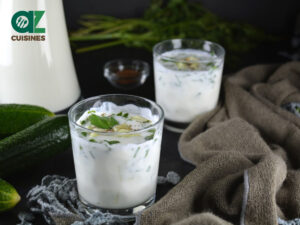
Adam Sam
Senior Food and Drink Editor
Expertise
Food Writer & Recipe Developer, Recipe Tester, Bartender, Cooking-video Maker, Editor In Chief
Education
Adam Sam, an experienced food writer and recipe developer, is passionate about blending diverse culinary traditions, national dishes, and innovative beverages, showcasing his proficiency in both traditional and modern recipe testing.
As the Editor-in-Chief, he elevates culinary content from street food to fine dining, focusing on Western cuisine and types of drinks at azcuisines.com, and is professional in creating engaging cooking videos that simplify complex dishes and ingredients.
His passion for food is evident in his writing, where he uniquely merges various cultures, traditions, and contemporary trends, skillfully combining classic recipes with modern cooking methods.